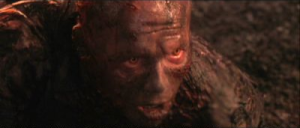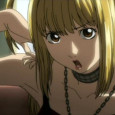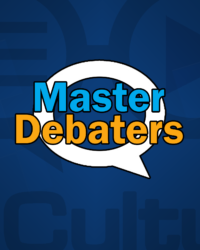Fair Warning: if you are potentially triggered by discussions focusing on Old White Guy relationships, this may not be the article for you. Like Gandalf and Saruman (who was a nice guy in all those other Tolkien books that you haven’t read), for instance. Saruman was understandably jealous of the trail of happy, clapping halflings that I imagine trailed behind the Mithrandir everywhere he roamed. Theirs was a friendship doomed to fail, as are curiously many others that are loved and lost our most beloved books, movies, and shows. Hell, like most things, there’s even a whole page dedicated to the Evil Best Friend trope. Why is this trope so popular though? Just because it’s a guaranteed way to tug at our heart strings? Or is it because we relate and remember that our best friend in middle school became that bitch/bastard we hated in high school?
To examine these relationships further, let’s look at another common role: the Eccentric Mentor, here we have our grey and bearded Dumbledores and Obi-Wans. Something beyond facial hair they have in common? Former best friends that went to the dark side.
Wouldn’t it fuck you up to have to kill your friend? Worse, what would happen to the failed hero, when they realized they couldn’t quite defeat their frenemy and the world spiraled in to darkness because of it? You’d probably live in a cave and tell everyone you’re a wizard like Ben Kenobi, too. Our kooky mentors are always far more interesting when it is revealed that their dedication to guiding young heroes is driven by wanting to see their proteges succeed where they ultimately failed. The hero, then, must also take in to account that the big bad and symbol of all that is unholy, was also a person, friend, and child. This kind of humanization of both good and evil characters creates a way more relatable and heartrending conflict.
And when we finally get that long awaited Lion King direct-to-video prequel, I bet we find out that Rafiki was bros with the evil Koba from the most current round of Planet of the Apes movies. Of course the story doesn’t end there, or usually even start there. We first meet these characters as they attempt to take on the polarized conflict that arose out of their crumbling friendships by looking toward the next generation to succeed where they failed. Often the teams that they assemble are questionably young, but determined and righteous.
Is this fair? Wouldn’t it been nice for the world if Avatar Roku had handled his own best friend before he went all empire building and killed off all the poor dragons? Sure. Yes. Should have tried that out, Roku. But, story-wise, occasionally bestowing pearls of wisdom to the ragtag band of misfits divinely selected to clean up your mess is a far more interesting way to go. There’s a reason why season 3 of Buffy is the best season (couldn’t just talk about bros for an entire blog piece) and why by season 22 of the comics, we’ll see the disciples of the two best slayers duking it out while Buffy and Faith cheer from the sidelines. This trope naturally produces two stories and two sets of protagonists: the fall, in which worlds fall in the wake of the ruined friendship and the fix, in which a new crew is burdened with the mistakes of the past. This is the shit that gets Hollywood salivating at the prospect of turning trilogies into unnecessary quartets along with bonus prequels and origins swill.
The conflict then, is is more than just good versus evil, it’s about the next generation solving the problems caused by those before it, and often it’s done through unity and healing, rather than just straight forwardly chopping at evil with a sword/saber/wand. This type of story is different then and acknowledges that the Xavier’s of the fictional world didn’t just fail to stop evil, they failed to save a friend.
To properly mourn and appreciate, here’s a slide show of my favorite shattered friendships.
Kaitlyn D’Agostino
Staff Writer























